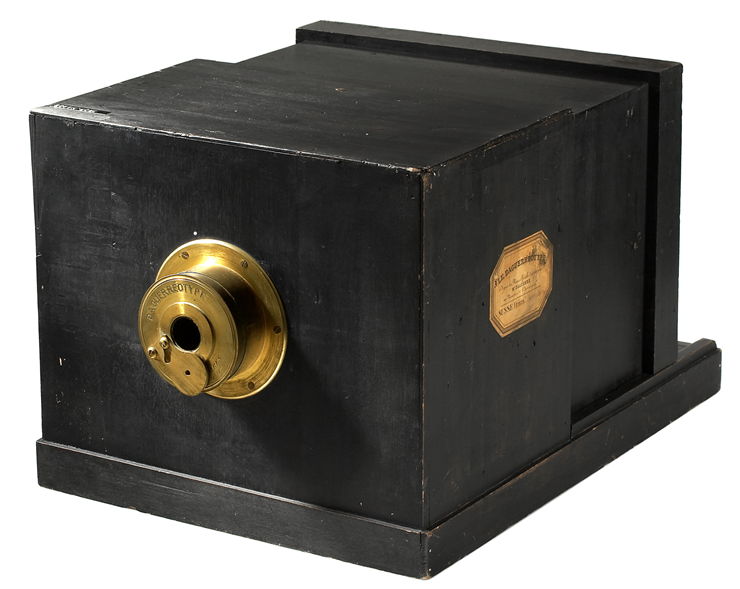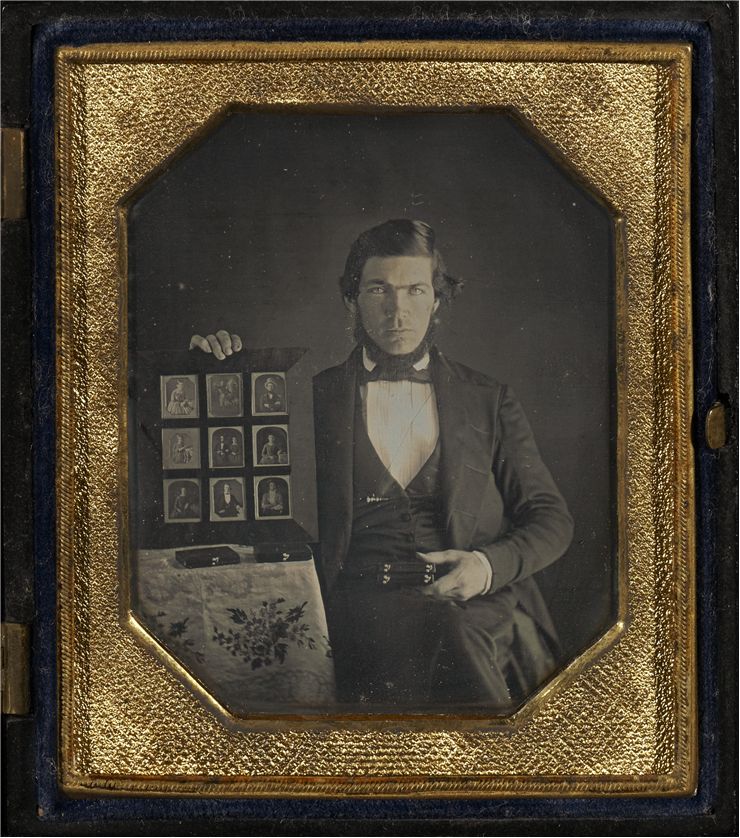Daguerreotype - Who Invented the First Photographic Process?
Daguerreotype is a type of early photography. It was named after its inventor Louis Jacques-Mandé Daguerre and was the first photographic process to come into wider use. Methods used before were experimental and not too efficient. Daguerreotypes are on bright, mirror-like surfaces of metallic silver and can be positive or negative, depending on the lighting conditions.
Daguerreotype, like many other discoveries, didn’t appear out of anywhere. The earliest mechanical methods of capturing visual scenes appeared in Renaissance. Artists of that time used camera obscura to sketch what they wanted to paint. Camera obscura will later be used in photography. Albertus Magnus, an alchemist and astronomer discovered the photosensitive substance silver nitrate in the 13th century. Johann Heinrich Schulze discovered another photosensitive substance, a silver and chalk mixture, in 1724. Nicéphore Niépce discovered bitumen-based heliography in 1822. In 1829, Chevalier, who supplied lenses for cameras obscura of Niépce and Daguerre, introduced them to each other and then began their partnership. Niépce's at first tried to reproduce prints and drawings for lithography. He used bitumen of Judea (asphalt) which hardened differently depending on how much it was lightened. His images needed exposure of 8 hours to produce the picture. After that, they were washed in oil lavender, which left a relief image. When Niépce died in 1833, Daguerre continued his work and switched from bitumen to copper plates coated with iodized silver. His first tries also needed a long time of exposure, but in 1935, he found (accidentally) that mercury could develop plates that were exposed for only 20 to 30 minutes. He further improved this technique by discovering a method to prevent further overexposure to daguerreotype by fixing the picture in a strong solution of table salt. Daguerre gave his process to the French government in exchange for a lifetime pension. The French government gave the daguerreotype "free to the world" on August 19, 1839. This was a popular method of making photographs until the early 1860s. Processes invented at that time were cheaper and less complex. Because of that, they almost entirely replaced the daguerreotype as a method of photography. During the 1980s and 1990s, a few photographers tried to revive the daguerreotype as an interesting method and still use it today.
Daguerreotype was a complex process that consisted of these steps:
The first step was the manufacturing of plates. The base of the plate was copper or brass, covered with silver (pure, preferably). This was done in two ways: silver was heat-fused onto the top of a thick copper ingot, or a layer of pure silver was electroplated onto a bare sheet. In the case of heat fusion, fused plates were then rolled under pressure to produce thin sheets. These plates were polished before use to remove tarnish and other contaminations. For polishing, rottenstone (fine powdered porous rock), hide, velvet, jeweler's rouge (ferric oxide), and lampblack were used. As a final step in polishing, the plate was swabbed in nitric acid, removing any residual organic matter. After polishing, the plate was covered with halogen fumes in a process called sensitization. This turned the silver surface into silver iodide. Halogen fumes were later replaced by bromine fumes, making the surface more photosensitive. The plate that is prepared like this was placed in the camera and exposed. This produced an invisible latent image on the plate. After the exposure, the plate was removed from the camera while protected from light. The plate is then exposed to mercury fumes, which develop the image and make it stronger. The remaining silver iodide is removed with a salt solution, and that image is fixed. The picture is then sealed with a protective cover glass because it can be easily tarnished from exposure to the air.

